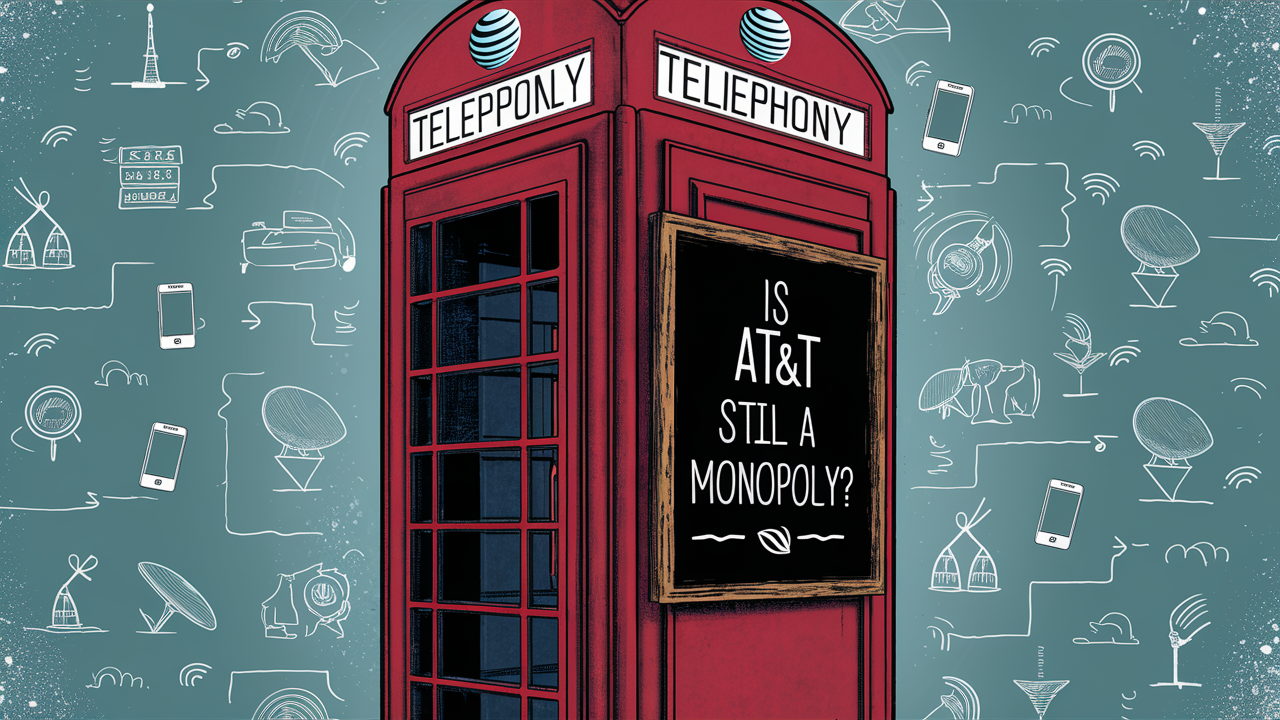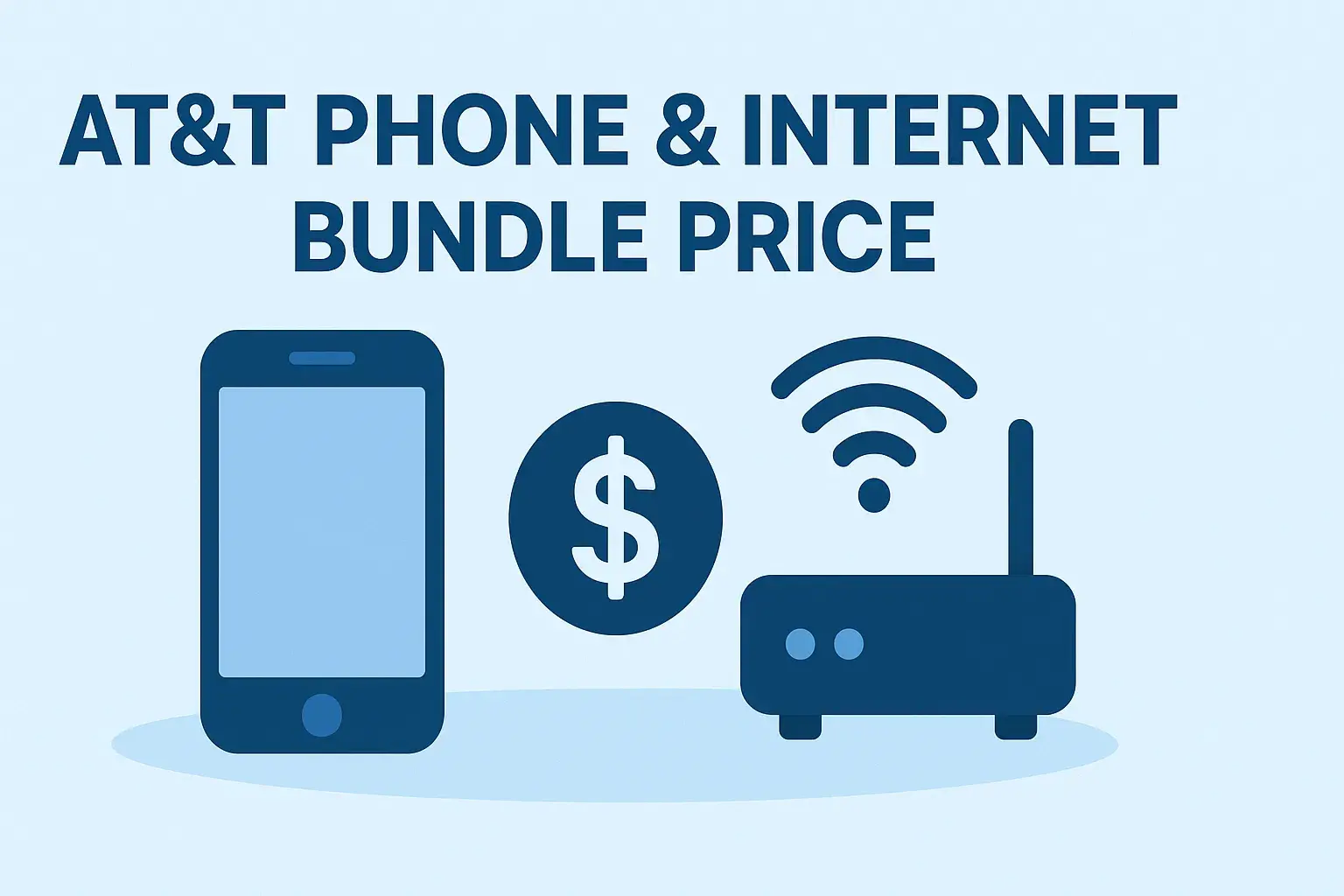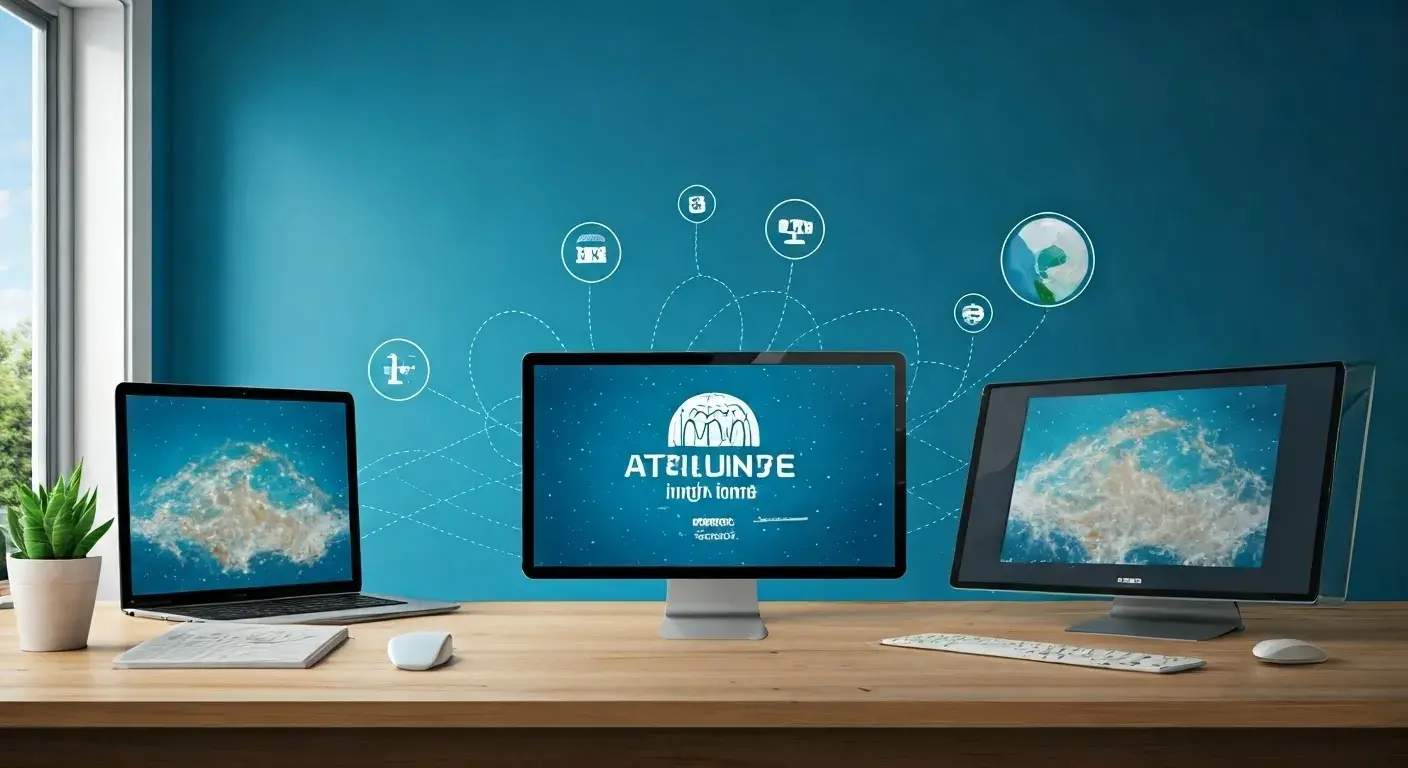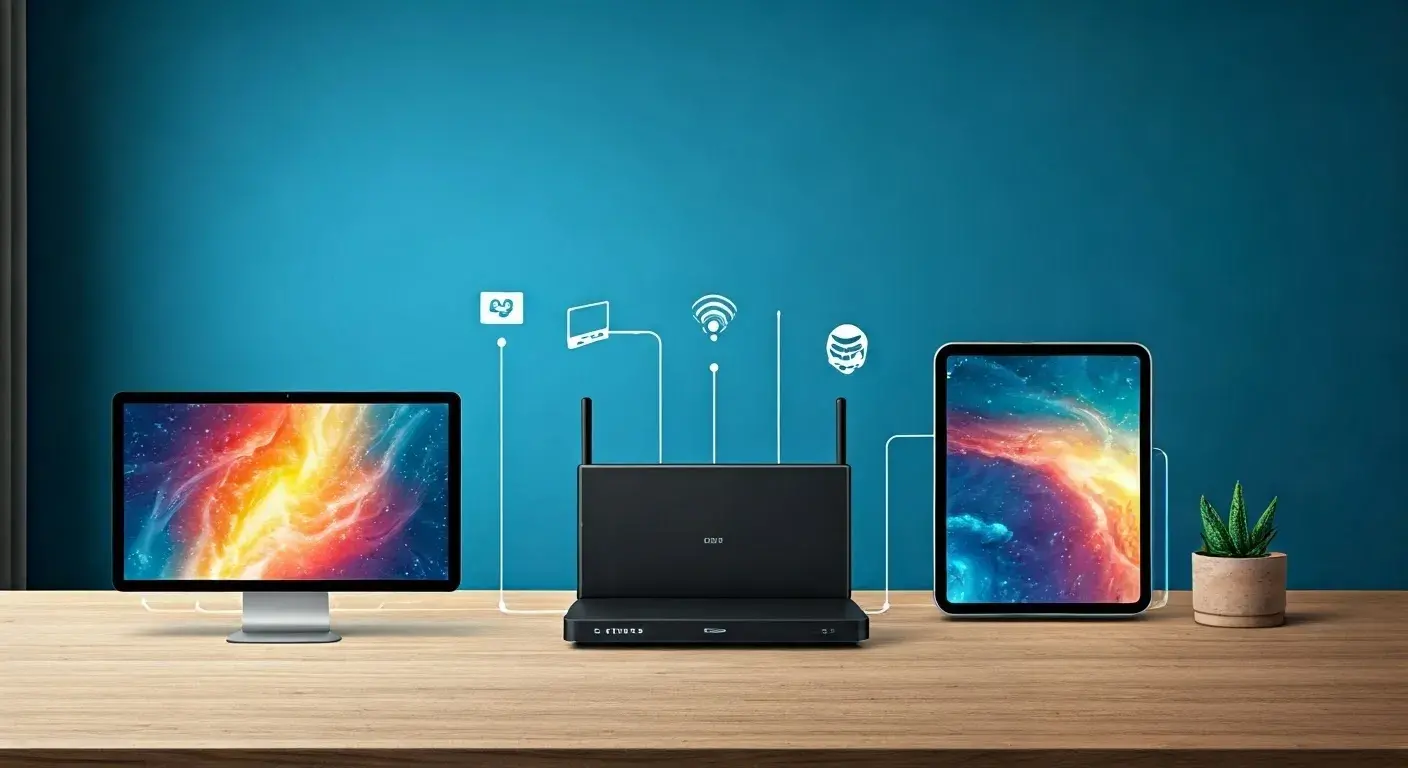Is AT&T still a monopoly?

For the United States of America, AT&T was previously a huge monopoly where it controlled the equipment and phone service sectors even now. Still, after a significant antitrust lawsuit in the early 1980s that mandated AT&T's separation, the firm has had to fiercely compete with other telecom businesses. Still unsatisfied with the present, some blame AT&T for being too dominant. Not precisely, but AT&T now is very different from AT&T which controlled the former telephone industry. Allow us to review the facts.
The process by which the American Telephone and Telegraph Company's monopoly in telecommunications was broken off by the United States government is known as the AT&T monopoly breaking.
AT&T Internet was until its breakup in 1984 the giant telecom firm in America that influenced all the other market players. The history of AT&T dates back to the telephone itself, which was established in the late 1800s under the Bell Telephone Systems under Alexander Bell. Over the decade Bell also bought up many locally based telephone companies and patents that later saw it referred to as AT&T. By the end of the first decade of the 20th century, AT&T was a virtual monopoly for telephone services in most regions of the United States. In some states, it was able to persuade authorities that it was a natural monopoly to be shielded from competition to both increase its profits and lower the telephone rates for the public.
This monopoly was long practiced until the U.S. Department of Justice sued AT&T for anti-trust in 1974. After almost five years of trial, AT&T reached an agreement in 1982 and decided that it would spin off local telephone companies and operate only as a long-distance telephone service provider. Seven out of AT&T were divested in 1984 when the company was broken up into seven independent regional holdings known as ‘Baby Bells’ which opened up competition in local telephone services, meaning that AT&T had to work hard to compete in the long-distance services sector.
The Modern AT&T
The increase in competition saw AT&T lose the greater part of its market share in the several decades that followed the breakup in the long-distance market. In 2005 AT&T was bought out by SBC Communications which is classified in the category of “Baby Bells” and this company was created following the AT&T divestiture which took place in 1984. In the next few years, the bringing together of these two entities under the name of AT&T started with the new management embarking on the process of reconstructing market share. The acquisition of competitors such as BellSouth, along with diversification into wireless, high-speed internet, and digital television internet service, are examples of AT&T spending more than $150 billion on consolidation.
At the moment, AT&T is the second-largest mobile phone services provider and the biggest telecoms firm worldwide. As of 2023, the AT&T corporate chronology shows that the firm has over 100 million mobile users. Using its fiber optic internet connection and streaming entertainment offerings, AT&T also has a somewhat strong market position in broadband internet.
Monopoly Accusations
Still, some critics think that the situation has again formed a monopoly in the telecoms market with AT&T only. In many areas, AT&T still controls the majority of the market share in Internet and television sales. AT&T also holds a significant share of the telecommunication fiber optic structure which includes all forms of Digital communication transmission in the country. It still, however, has an overwhelmingly large amount of legacy infrastructure credit that sprung from the old Bell system monopoly.
But some argue that in almost every telecom segment and geographic market AT&T, the incumbent telco, faces tough competition from fast-followers and disruptive technologies. T-Mobile, on the other hand, the second largest player still poses a threat to AT&T and has been increasing the pressure on AT&T by eroding its market share and Verizon Wireless is also a formidable competitor. However, even for 5G and MVNOs like Boost Mobile or Google Fi, there are clear examples that other possibilities are possible as well. Similarly, the competition from other telecom players, cable TV operators, and equipment manufacturers are forces that do not give AT&T the same dominance it had in the past decades either.
Conclusion
Thus, even though AT&T has had more muscle since several of the ‘Baby Bell’ remnants were combined back together and despite its current more pluralistic and competitive environment than existed back in the 1980s. Competitive forces such as Verizon and T-Mobile and new technologies like the 5G network will likely keep checking any monopoly tendencies within AT&T to levels they can never achieve again. However, through well-thought-out acquisitions and consistent infrastructure development, the company appears to be regaining its leadership dominance despite not achieving a monopoly in the market. However, it does still boast an astonishing 100 + million wireless subscribers which still buys its market significance.
Well, that brings me to my question(s) – What do you think? Has AT&T been able to recreate a monopoly in the realm of communications again this time? Or does actual competition and never-ending invasions by the new technologies keep AT&T from ever getting back to the monopolistic position that it used to hold? This is just the beginning of the debate that will follow as AT&T looks for more consolidation, and regulators and rivals struggle to ensure the industry remains competitive.
Upgrade to faster, more reliable AT&T Fiber Internet today! Call us at +1 844-905-5002 and get connected with speeds that keep you ahead.





